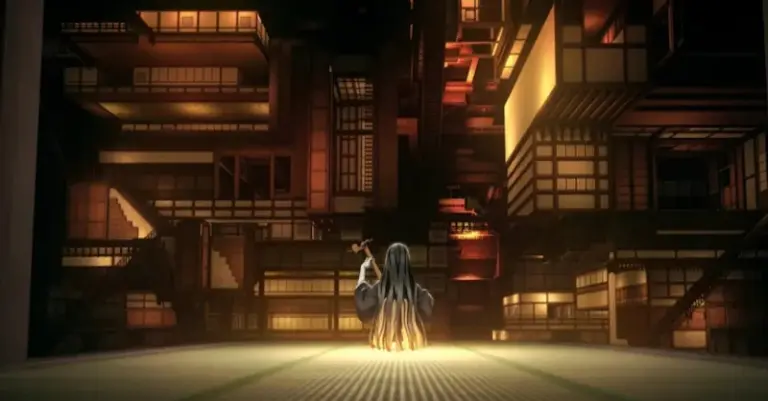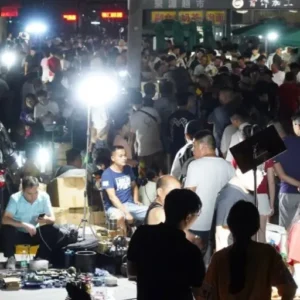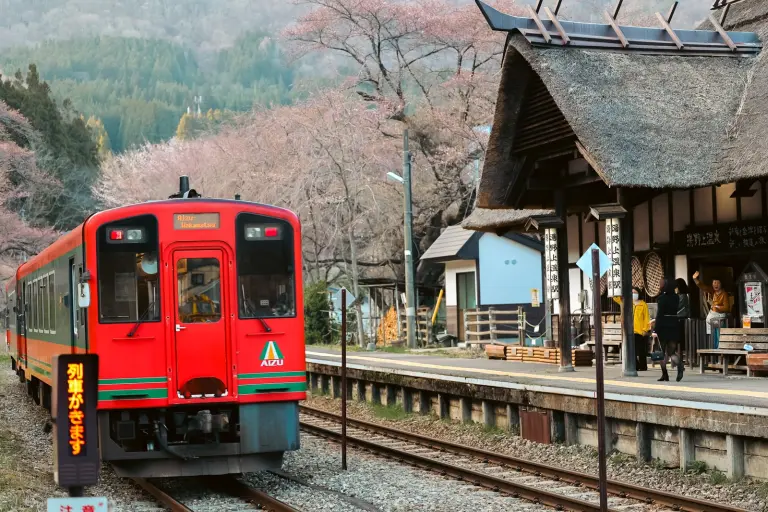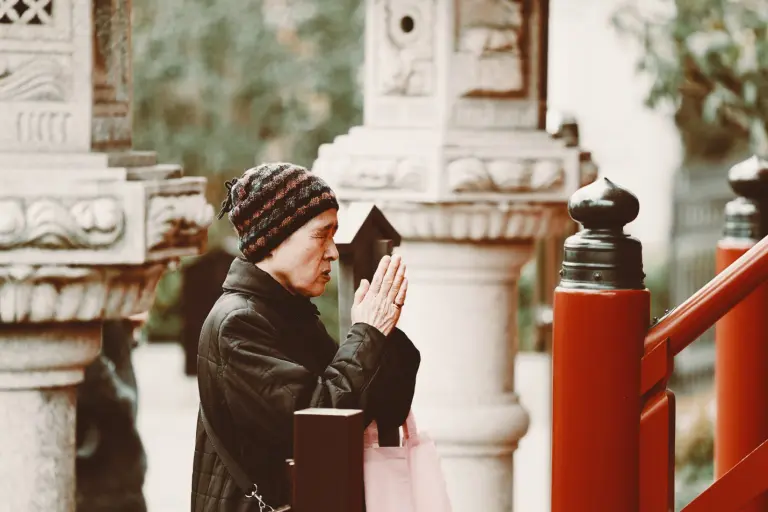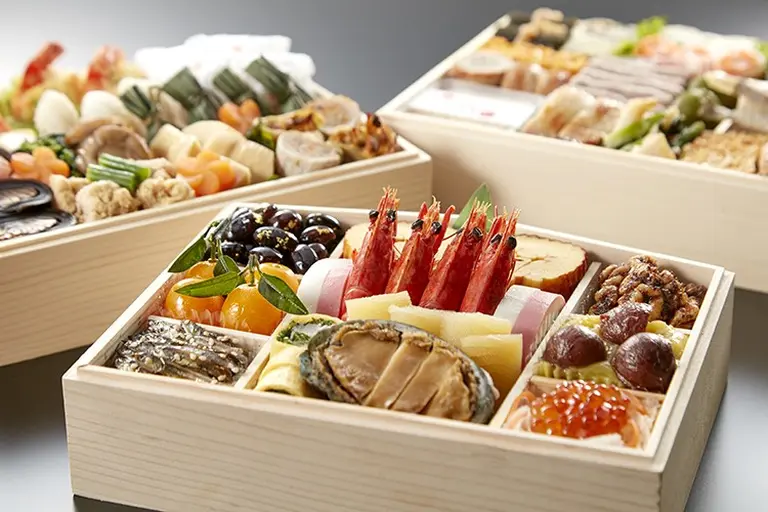In Japan, there exists a rare and highly coveted variety of apple known as Sekai Ichi or the “sun apple.” This fruit is not only among the most luxurious in the country but also ranks as one of the priciest apples worldwide. Its value lies not just in its flavor but in the meticulous way it is cultivated.
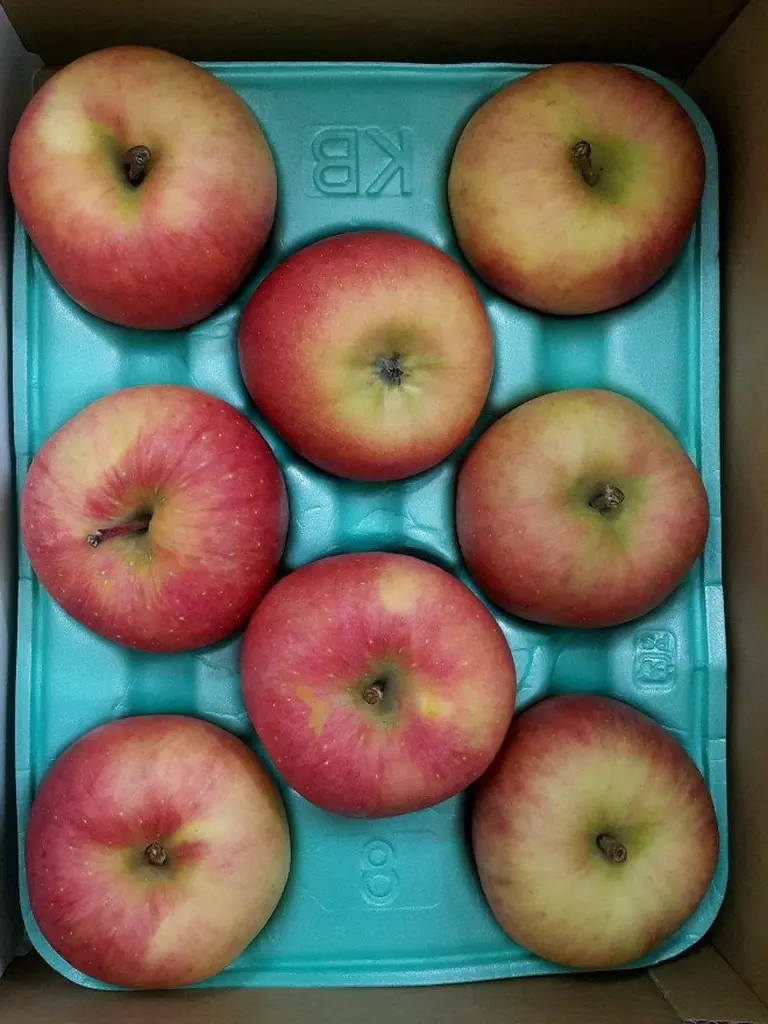
These apples are grown entirely through organic methods. Farmers devote extraordinary attention to every stage of production—from nurturing the blossoms to harvesting and even transporting the fruit to market. To ensure the best quality, bees are raised in the orchards to assist with natural pollination.
>> Visiting the Apple Orchards of Aomori, Japan
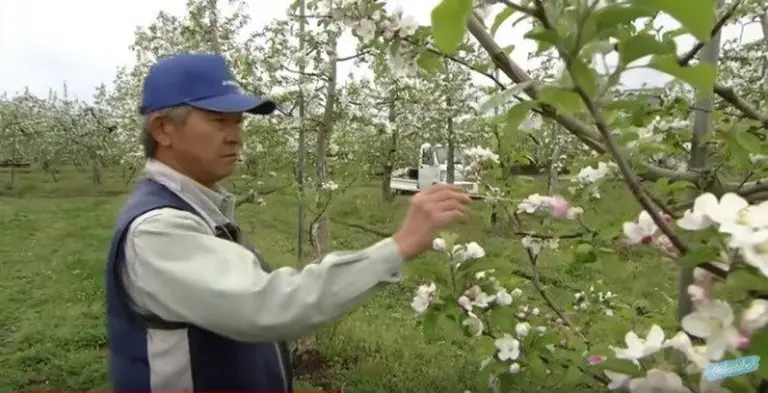
The growing process begins in summer, when clusters of five to six apples form on each branch. Instead of letting them all mature, farmers carefully prune the excess, leaving only a single fruit per branch. This allows the apple to absorb maximum nutrients, resulting in exceptional taste and texture.
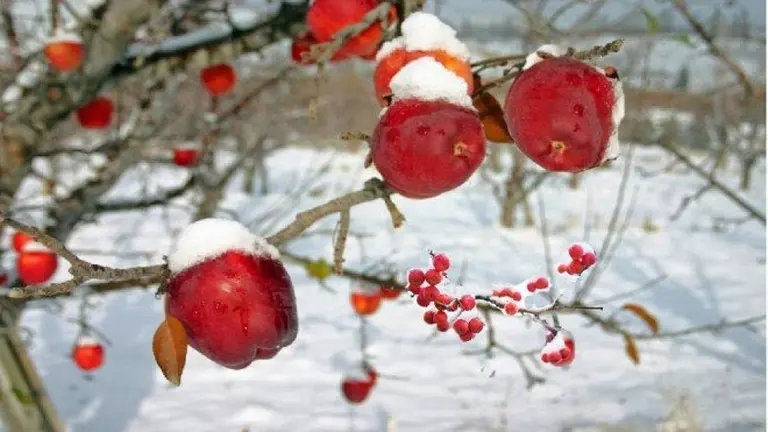

>> The first village in the world without trash
Each apple is individually wrapped to protect it from pests and blemishes. By autumn, the orchards are filled with vibrant red apples, an impressive sight that reflects months of dedicated labor. Before harvesting, farmers inspect each apple one by one, making sure it meets strict standards of size, shape, and appearance. Only those that pass are carefully picked and sent to market.
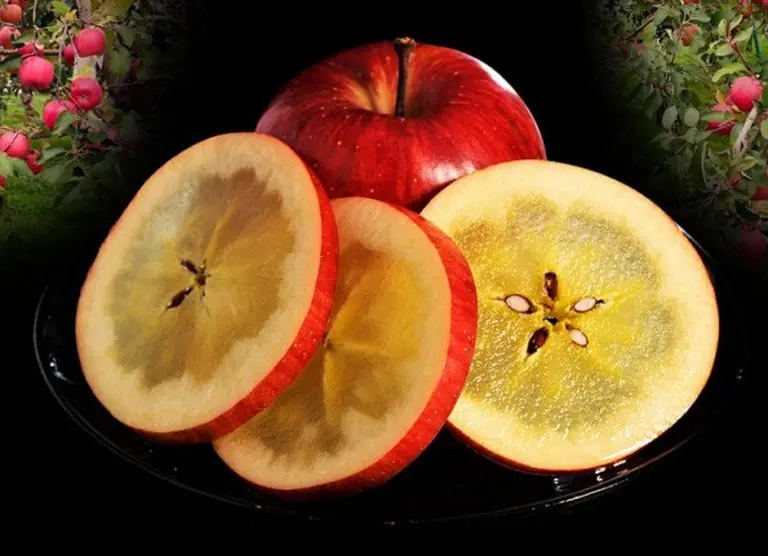
This devotion to detail is what makes Japanese sun apples stand out. They are more than just fruit—they are the product of patience, precision, and respect for nature, embodying the artistry of Japanese farming.
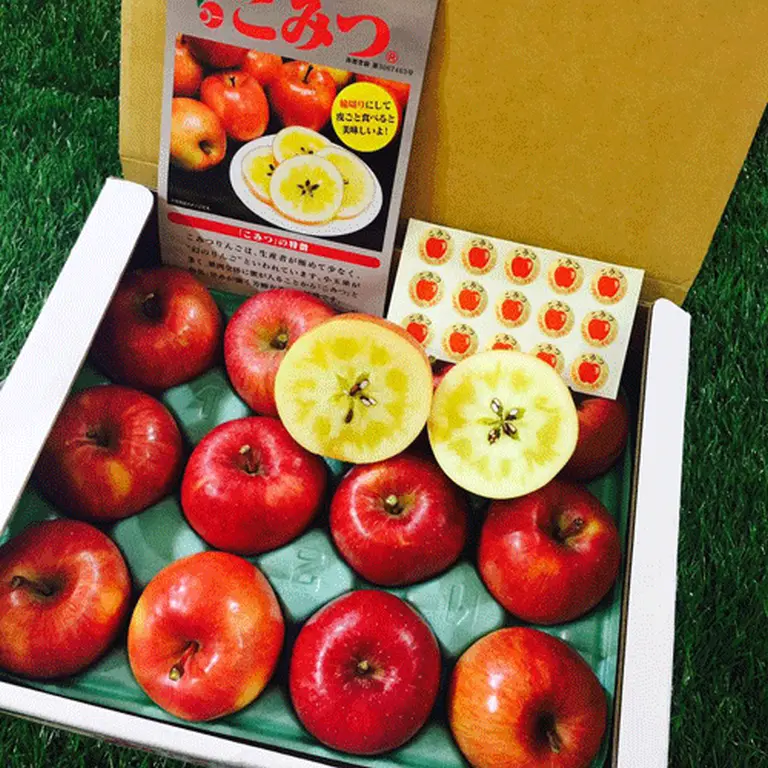
>> Japanese café serves 22-year-old coffee at over $900 a cup
“For travelers and food enthusiasts alike, visiting an orchard that produces Japan’s famed sun apples is more than just about tasting rare fruit—it’s about witnessing a tradition of craftsmanship and care. Whether you choose to try one or simply admire the dedication behind them, these apples highlight how Japan turns even the simplest of foods into a cultural experience worth remembering.”

